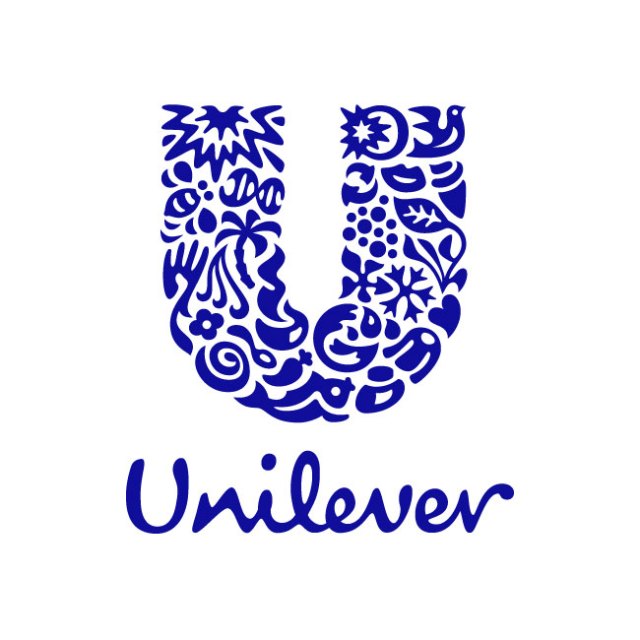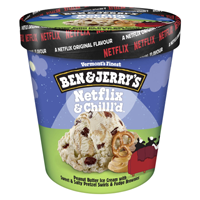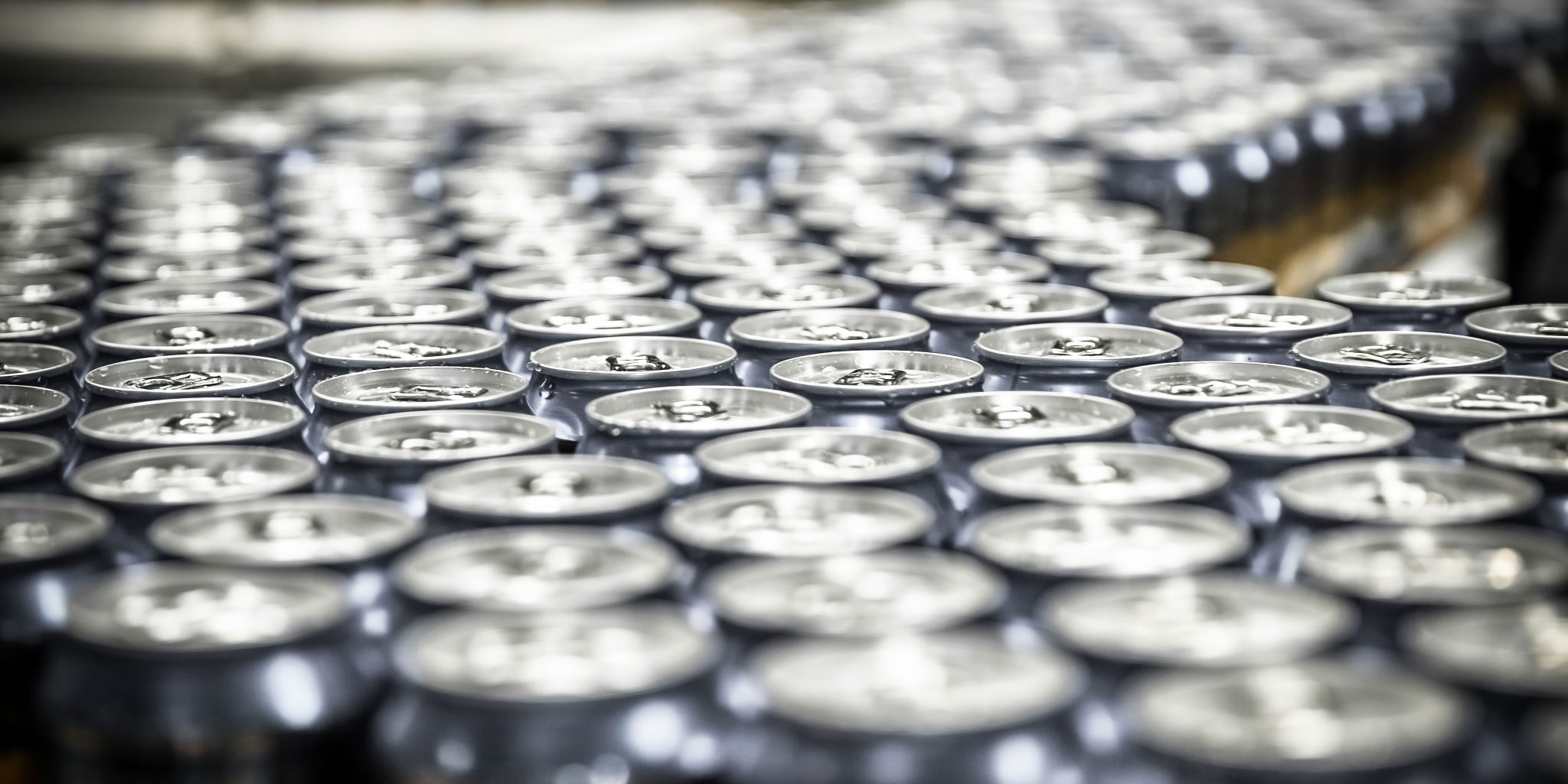Are your new product introductions taking off as you had hoped? Or are your temporary successes fading immediately after the price promotion period?
Remember those new food and beverage flavors you experimented with? You know, the ones that many consumers found repulsive. Just for fun, here are several of our all-time favorites:
- Grey Poupon Ice Cream
- Oreo Thins Red Blend Wine
- Cappuccino Potato Chips
- Turkey Dinner Candy Corn
- The “Veltini” (Velveeta martini)
Too often we’ve seen failed attempts at new product introductions. Consumer goods companies revert back to “original” or “classic” flavors soon after a flop.
But don’t get dismayed! Product innovation is necessary to maintain consumer attention and brand relevance. It allows you to compete without focusing on how your price compares to similar products.
When Should We Measure New Product Success?
Consumer goods companies often introduce new products at a price point that tempts consumers. A low price entices shoppers to “give it a shot.” After the trial period passes, the company increases the price to protect margins.
Many companies track product penetration after raising the price to a sustainable level. They remain agile with sales execution, yet emphasize long-term product success.
But others get distracted by the next big promotion. They lose focus on total revenue growth and building the overall business. Instead, it’s one promotion after another while new products fade into the background. After a brief time, once viable products disappear from the market.
Several customers we’ve talked to stress the importance of aligning their actions with the intent of the original plan. That means keeping focus on sales execution after a trial period. It also requires a keen eye on the market data they receive long after price increases. That insight guides their decision to either de-list a product or re-push it.
In other words, they allow the consumer data to guide their actions, not the distraction of a new product or promotion.
How Unilever Ice Cream Brings New Products to Market
Unilever Ice Cream, a Salient client, has a disciplined approach to product introductions. They maintain a strong focus on sales execution. They hit optimum price points in the right places – especially with impulse shoppers. With the introduction of Ben & Jerry’s Pint Slice ice cream bars in early 2017, they implemented a “perfect store” tracking program. This helped the company reach consumers who had an insatiable craving for treats. It also ensured a return on investment that offset the major manufacturing changes that went into offering the new package.
Monitoring fluctuations to consumer data informs their original strategy. They know when it’s the right time to push forward with new products or emphasize the strength of their core brands.


Unilever Ice Cream has a history of innovation. Even before the COVID-19 pandemic hit, they introduced a mobile app and delivery program. Consumers binge-watching their favorite TV shows now had a way to satisfy their cravings. Without getting off the sofa, they could now order Ben & Jerry’s Netflix & Chilll’d ice cream for delivery.
At Salient, we applaud our client for developing a mobile ordering solution before the pandemic began. Unilever Ice Cream was way ahead of the curve. They built a network of delivery partners that helped avoid major sales hiccups (for example, 7NOW, the 7-Eleven food and alcohol delivery service). This was critical in those states with long-term retail shutdowns. And now they’re even experimenting with robotic ice cream trucks.
Questions to Help Gauge New Product Success
Is your sales execution providing an adequate chance for a new product to succeed in the market? Here are some critical success factors that consumer goods companies measure:
- How fast was the product introduced to the market?
- How fast did the product reach its intended target audience?
- What was the initial trial rate versus the retrial rate? (What’s the “staying power” for that product?)
- What is the life-cycle curve telling you when analyzed by chain and channel, not just total market?
Salient Can Help
Salient developed an analytics solution specifically for food and beverage companies. It helps them understand how they can grow volume and value in a profitable way. Salient provides unique data visualizations not offered by generic reporting tools. We help our clients answer critical questions when introducing new products:
- Who bought once but didn’t re-purchase’?
- What % of customers tried the product at least once versus re-purchased?
- Did we hit 70% of our target audience with our last new product?
- For those who re-purchased, where and when was the new product successful?
At Salient, we combine human review with pre-engineered analytical techniques. Our ultimate goal is to help consumer goods organizations grow their business. We do this by providing decision makers with a constant measure of the effect of their decisions on value.
Would you like to learn how Salient can help your company measure the success of new consumer product introductions? Request a call with one of our experts.

